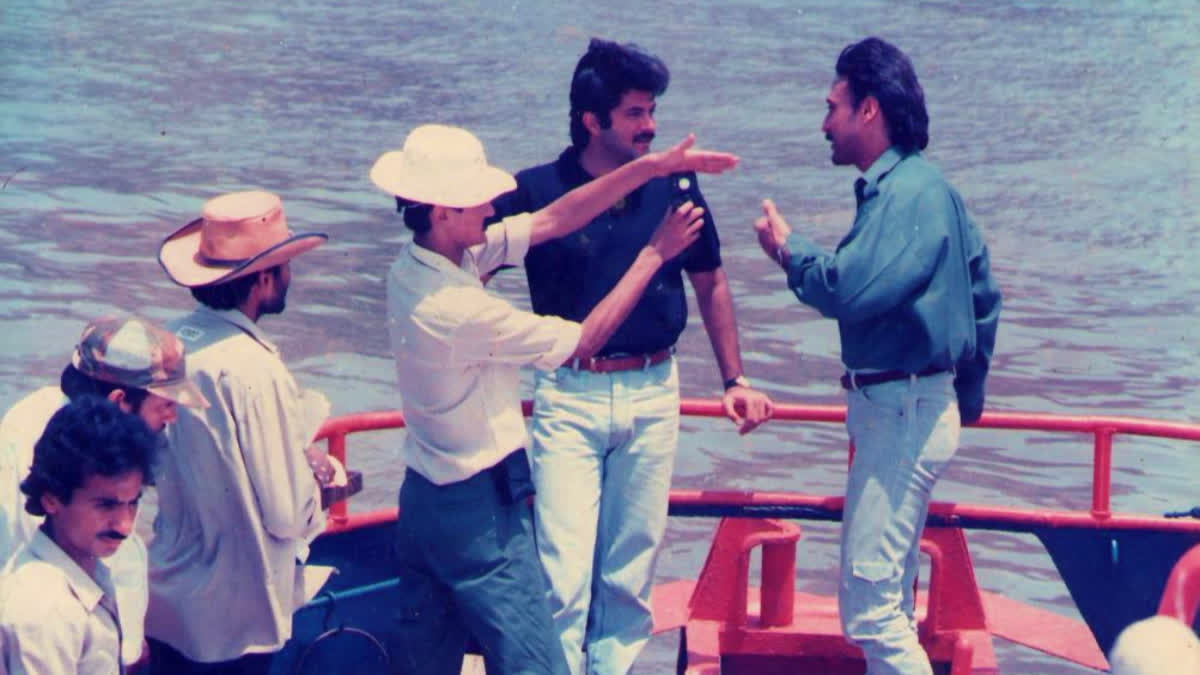In 1989, Parinda brought a new wave of realism and grit to Hindi cinema, moving away from formulaic romance, sanitised action scenes and melodrama to delve into the murky, violent world of gangsters and betrayal. Raw, intense, and unabashedly bleak, Parinda is a story of two brothers on opposite ends of morality caught in the crosshairs of crime and duty.
Parinda tells the tale of Kishan (Jackie Shroff) and Karan (Anil Kapoor), two brothers navigating the dangerous underworld of Mumbai. Kishan is entrenched in the mob, and has compromised his morals to survive. Karan, on the other hand, returns from abroad with idealistic dreams, only to find himself pulled into the vortex of crime his brother is part of.
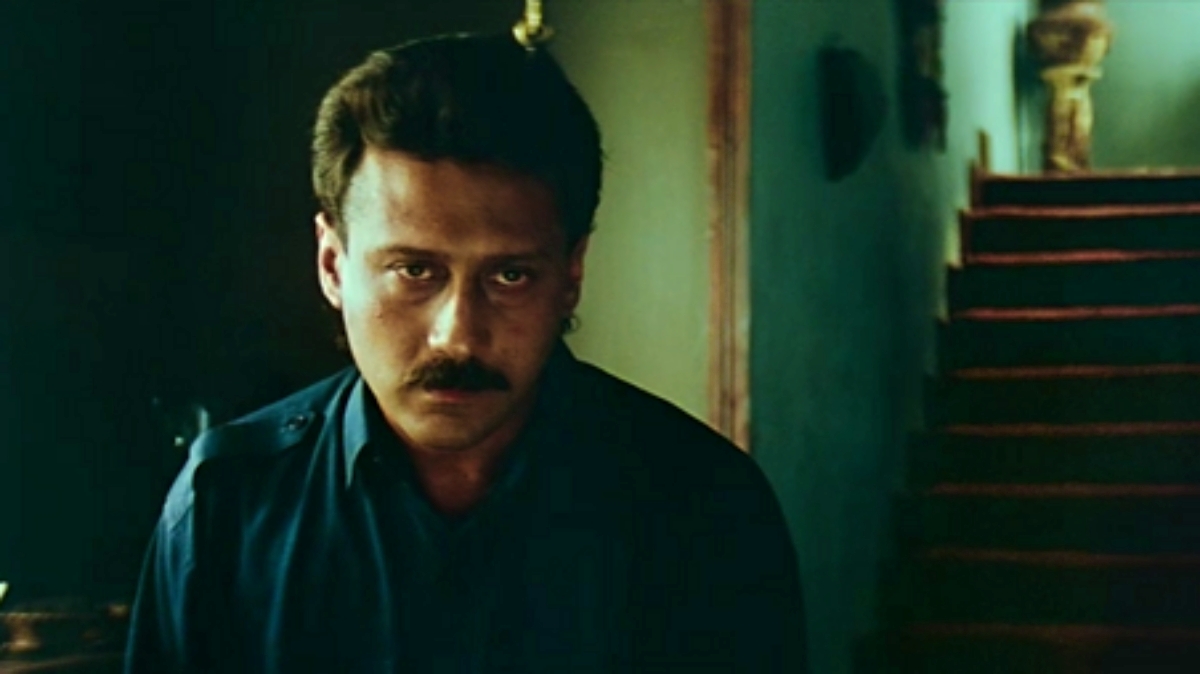
How Parinda Influenced Bollywood
The film’s appeal lies in its refusal to sugarcoat reality. By 1989, Bollywood had seen its fair share of crime dramas, but none approached the genre with Vidhu Vinod Chopra’s level of authenticity. It is a film steeped in atmospheric details, from the grimy bylanes of Mumbai to the flickering lights of dingy bars.
Parinda paved the way for films like Satya, Company, and Gangs of Wasseypur, ushering in an era of movies unafraid to delve into the darker side of society. Chopra took a genre that Bollywood had often approached with a sense of theatricality and gave it a new blueprint. Without the success of Parinda, it’s hard to imagine the mainstream acceptance of films that explore grey morality in the same way.
The film's leading man Anil Kapoor tweeted: "35 years ago, we had the audacity, the confidence, and the cool arrogance to call it ‘the most powerful film ever made.’ And to this day, Parinda continues to stand the test of time."
35 years ago, we had the audacity, the confidence, and the cool arrogance to call it ‘the most powerful film ever made.’ And to this day, Parinda continues to stand the test of time. pic.twitter.com/V6f7tarb32
— Anil Kapoor (@AnilKapoor) November 3, 2024
One of Parinda’s greatest contributions was its layered characterisation, where no one was wholly good or evil. The film presents complex protagonists in Karan and Kishan, both brothers caught in a spiral of moral dilemmas and conflicting loyalties. This layered storytelling inspired directors to create protagonists that aren’t just heroes or villains but conflicted individuals torn between duty and personal desire. For instance, Anurag Kashyap’s Gangs of Wasseypur channels Parinda’s exploration of familial ties and personal vendettas. Kashyap’s characters live in a morally grey world, where violence is a necessary evil, and loyalties are tested at every turn.
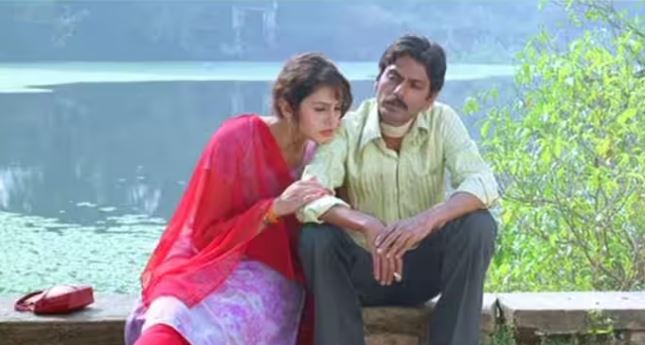
Parinda set the tone for films that would portray crime without the safety net of fantasy. Before this cult classic, Bollywood's depictions of the underworld often felt theatrical, sometimes even sanitised. Chopra introduced a realism that was raw, visceral, and unyielding. We see this echoed in Ram Gopal Varma’s Satya, a film that took Parinda’s approach to crime drama and ran with it, plunging the viewer into the dark heart of Mumbai’s ganglands. Satya took Parinda’s gritty portrayal of Mumbai’s streets and gave it a documentary-like feel, painting the city as a claustrophobic maze of danger and loyalty gone awry.
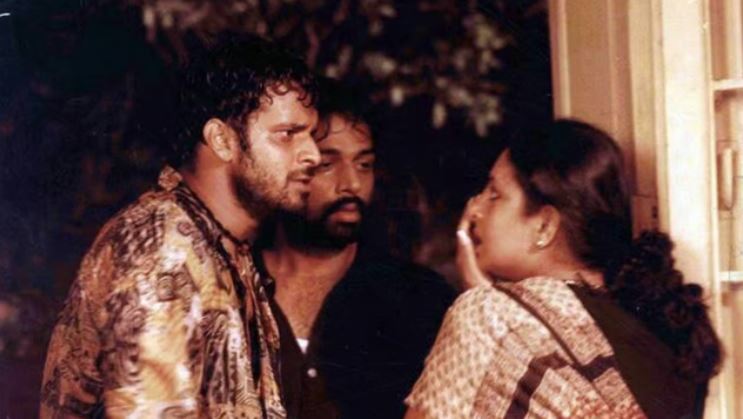
The soundtrack wasn’t just a backdrop. It was an integral part of the film’s emotional landscape. Songs like Tum Se Milke add fleeting innocence amidst violence. This use of music to deepen the mood and narrative was later mirrored in films like Maqbool, where Vishal Bhardwaj employs haunting musical themes to amplify the despair and intensity of a crime-ridden world. By treating music as a character itself, Parinda opened the doors for Bollywood to experiment with using soundscapes that went beyond conventional song-and-dance routines.
Pioneer In Cinematography And Gritty Realism
Binod Pradhan’s cinematography deserves special mention. The film used shadows, muted lighting, and tight framing to give a sense of both intimacy and oppression, capturing the characters’ psychological turmoil and the grim streets of Mumbai. Scenes are meticulously crafted to reflect the emotional tone of the characters. This approach would inspire the look and feel of later films, particularly in sequences set in the darker corners of the city. Varma’s Company, for example, borrows from Parinda’s visual language, using shadows and tight, confined spaces to depict the suffocating life of crime and the constant presence of danger.
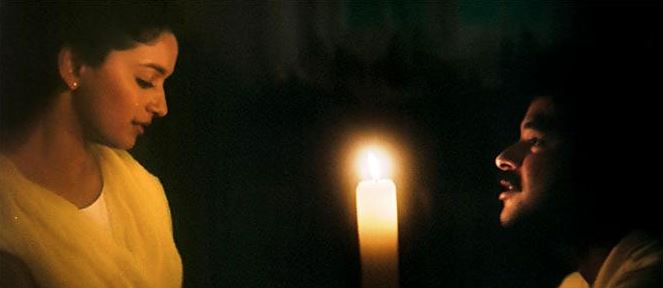
Chopra’s direction, too, is notable for how it balances restraint and intensity, drawing viewers into the inner lives of his characters without veering into melodrama. Before Parinda, most Bollywood films dealt with crime and action in an almost theatrical manner, keeping violence at arm’s length. This 1989 movie broke that tradition, showing crime for what it is: harsh, brutal and merciless. This gritty realism inspired a generation of newer filmmakers to dive into darker narratives without the gloss.
Characters bled, cried and died, and no scene exemplifies this more than when Karan loses his cop friend Prakash (Anupam Kher) in a brutal shootout. The tragic death reverberates throughout the story, motivating Karan to take justice into his own hands. This portrayal of loss and vengeance added a depth of emotion that elevated the movie from a standard crime thriller to a morally complex drama.
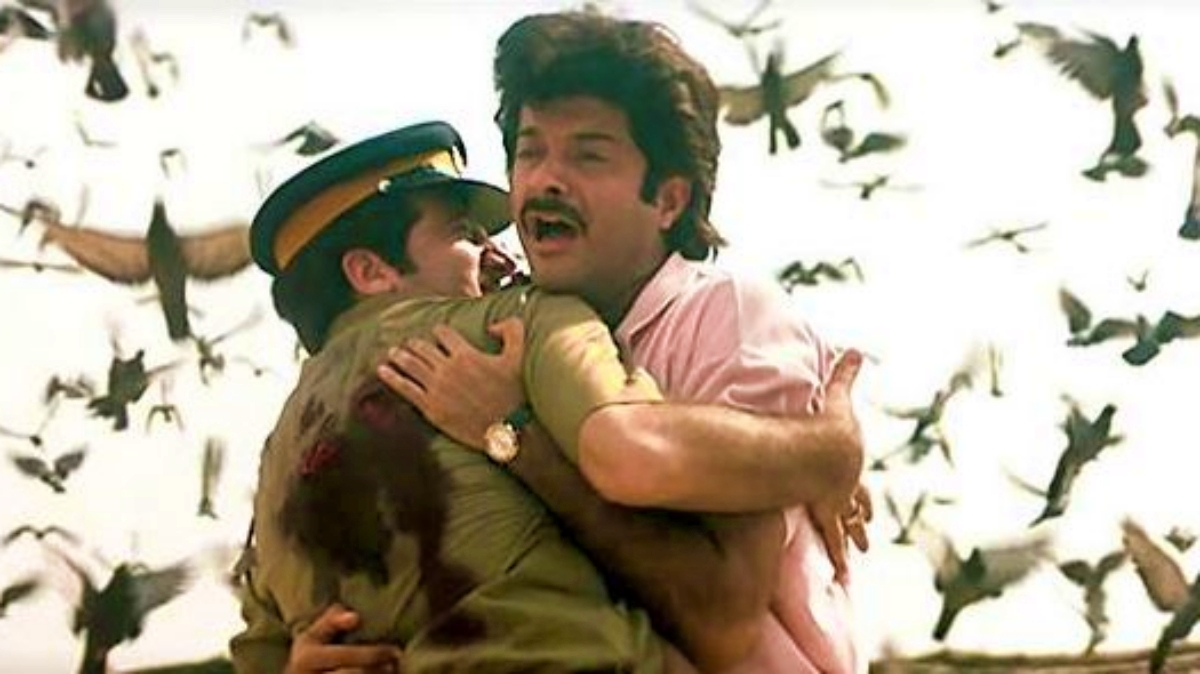
Parinda was among the first Bollywood films to explore the psychological effects of crime on its characters. Unlike earlier films where violence was often glamourised or seen as a passing act, Parinda shows the cost of violence on the human soul. Karan’s grief and anguish after losing his friend Prakash, and the guilt that haunts Kishan, add a layer of emotional depth that makes the viewer question the price of loyalty and revenge. Films like Kaante and Black Friday continued this exploration, portraying criminals not just as perpetrators of violence but as individuals grappling with their choices and the resulting consequences.
Memorable Dialogues
Certain dialogues and scenes in Parinda became iconic, partly for their realistic edge and partly because they struck a chord with audiences who were unaccustomed to this brand of raw intensity. In the role of the menacing mob boss Anna, Nana Patekar delivered some of the most memorable moments. Patekar’s portrayal was a revelation for its time. His villain wasn’t a caricature but a chillingly human antagonist, unflinchingly brutal yet grounded in his own twisted logic.
This nuanced approach to villainy influenced future Bollywood antagonists, encouraging writers and directors to explore the psyche of their villains. We see a similar approach in Omkara, where Saif Ali Khan’s Langda Tyagi is both repulsive and heartbreakingly vulnerable. Parinda made it possible to see the villain as a fully developed character, making them a complex part of the story’s moral landscape rather than just an obstacle for the hero.
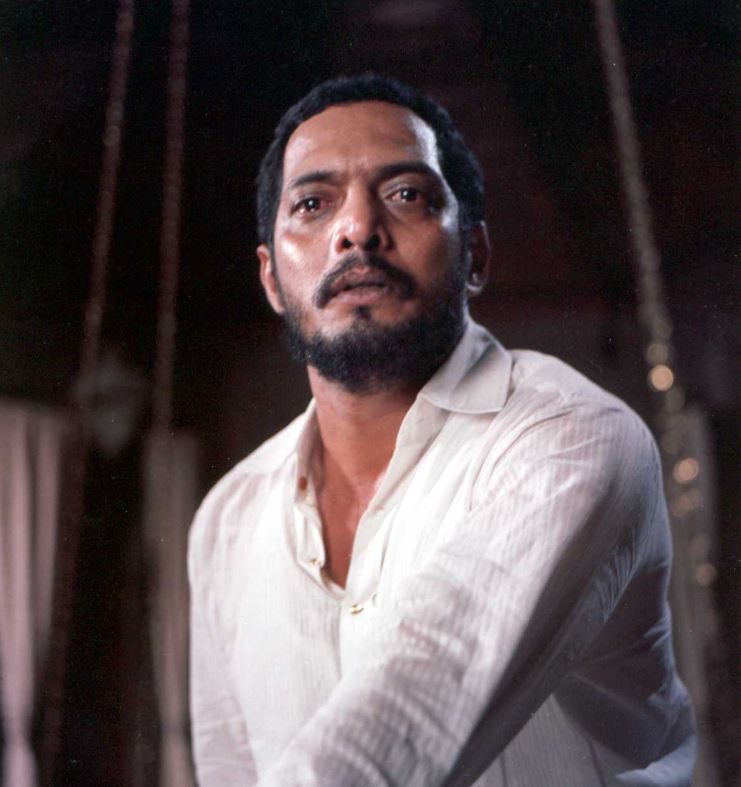
1. One line, in particular, captures Anna’s dark philosophy: “Mujhe logon ke sapne dekhne ka aur phir unhe todne ka bada shauk hai”
(“I enjoy seeing people’s dreams and then breaking them”).
2. “Main usi duniya mein jeeta hoon jismein tum saare log jeete ho… farak sirf itna hai ke tum apne liye jeete ho aur main kisi aur ke liye jeeta hoon.”
(“I live in the same world as the rest of you... the only difference is that you live for yourself, and I live for someone else.”)
Kishan reflects the burden of sacrifice and loyalty that drives his character. It’s a powerful line that underscores the central conflict in the film: Kishan’s struggle between his criminal life and his love for his younger brother, Karan.
3. “Insaan ka sirf ek hi dushman hai – khud uska apna dil.”
(“A man has only one true enemy—his own heart.”)
It’s a rare moment of self-reflection from the villain, suggesting that even the cruel Anna is haunted by inner conflict.
4. “Yeh sheher, yeh log, yeh sab kuch bas ek chakravyuh hai. Aur jo ismein ghus gaya, woh kabhi zinda wapas nahi aa sakta.”
(“This city, these people, this whole world is a labyrinth. And once you’re in it, there’s no coming out alive.”)
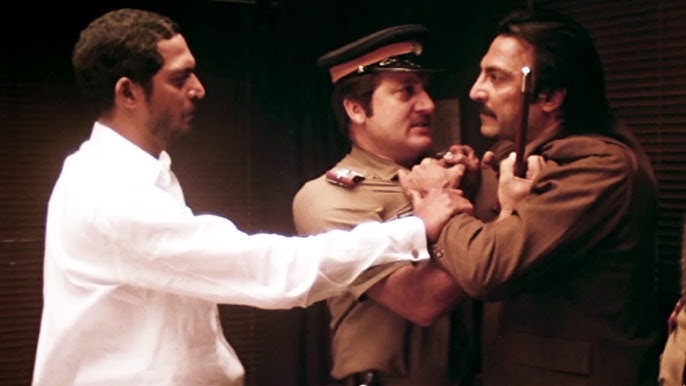
This line captures the claustrophobia and inescapable nature of the underworld that Vidhu Vinod Chopra so carefully crafted in Parinda.
Just As Watchable Today
Three-and-a-half decades later, Parinda still resonates, partly because of its story and partly because of its style. For an audience in 1989, the film was a revelation. It wasn’t typical Bollywood, and it didn’t want to be. As we celebrate its 35th anniversary, Parinda deserves every bit of the cult status it holds today. It’s a study in how to tell a story with elegance, restraint, and impact.
